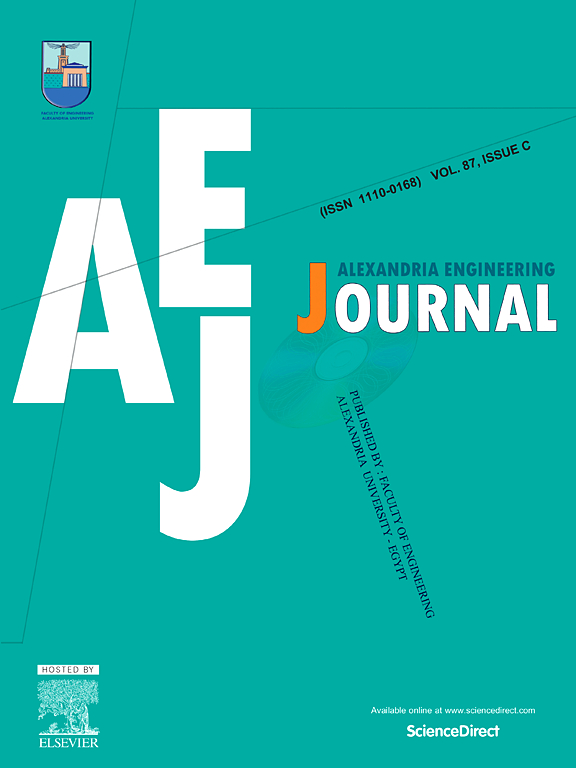ArtDiff: Integrating IoT and AI to enhance precision in ancient mural restoration
IF 6.2
2区 工程技术
Q1 ENGINEERING, MULTIDISCIPLINARY
引用次数: 0
Abstract
Ancient murals, as invaluable cultural artifacts, have profound historical and cultural significance. However, these murals often face degradation phenomena such as peeling, fading, and cracking, which compromises their preservation. Conventional methodologies for protection and restoration exhibit limitations and do not adequately address multifaceted damage conditions, thus necessitating the integration of advanced technological interventions to enhance restoration effectiveness.This paper delineates a framework for the preservation and restoration of cultural heritage buildings that uses Internet of Things (IoT) technology and Artificial Intelligence (AI). Using real-time environmental and structural health surveillance, in conjunction with security mechanisms, this framework markedly improves precision and efficiency in forecasting and identifying potential risks.Furthermore, in the context of mural restoration, this paper introduces the ArtDiff model. This model amalgamates a modified U-Net for initial crack detection with an edge-guided restoration technique, employing a diffusion model for meticulous restoration. Empirical results substantiate the superiority of the ArtDiff model in crack detection and mural restoration, delivering a greater precision and efficacy relative to existing approaches. Through the implementation of multilevel supervision strategies and an avant-garde model architecture, this study offers a sophisticated mural restoration solution, furnishing novel technological support for the preservation of cultural heritage.
ArtDiff:整合物联网和人工智能,提高古代壁画修复的精度
古代壁画作为宝贵的文物,具有深远的历史和文化意义。然而,这些壁画经常面临剥落、褪色和开裂等退化现象,影响了壁画的保存。传统的保护和修复方法存在局限性,不能充分解决多方面的损坏情况,因此需要整合先进的技术干预措施来提高修复效果。此外,在壁画修复方面,本文介绍了 ArtDiff 模型。此外,在壁画修复方面,本文介绍了 ArtDiff 模型。该模型将用于初始裂缝检测的改进型 U-Net 与边缘引导修复技术相结合,并采用扩散模型进行细致修复。实证结果证明了 ArtDiff 模型在裂缝检测和壁画修复方面的优越性,与现有方法相比,它具有更高的精度和功效。通过实施多层次监督策略和前卫的模型架构,本研究提供了一种复杂的壁画修复解决方案,为文化遗产保护提供了新颖的技术支持。
本文章由计算机程序翻译,如有差异,请以英文原文为准。
求助全文
约1分钟内获得全文
求助全文
来源期刊

alexandria engineering journal
Engineering-General Engineering
CiteScore
11.20
自引率
4.40%
发文量
1015
审稿时长
43 days
期刊介绍:
Alexandria Engineering Journal is an international journal devoted to publishing high quality papers in the field of engineering and applied science. Alexandria Engineering Journal is cited in the Engineering Information Services (EIS) and the Chemical Abstracts (CA). The papers published in Alexandria Engineering Journal are grouped into five sections, according to the following classification:
• Mechanical, Production, Marine and Textile Engineering
• Electrical Engineering, Computer Science and Nuclear Engineering
• Civil and Architecture Engineering
• Chemical Engineering and Applied Sciences
• Environmental Engineering
 求助内容:
求助内容: 应助结果提醒方式:
应助结果提醒方式:


